High mountains have always fascinated explorers, trekkers, and travelers. From the snowy peaks of the Himalayas to the rugged Karakoram, the world’s tallest mountains stand as symbols of strength, endurance, and the thrill of adventure. This guide takes you through the 14 highest mountains in the world, their unique features, climbing history, and why they remain iconic for mountaineers and adventurers.
The World’s 14 Highest Mountains
| Rank | Mountain | Height (m) | Location |
|---|---|---|---|
| 1 | Mount Everest | 8,848.86 | Nepal / China |
| 2 | K2 | 8,611 | Pakistan / China |
| 3 | Kangchenjunga | 8,586 | Nepal / India |
| 4 | Lhotse | 8,516 | Nepal / China |
| 5 | Makalu | 8,485 | Nepal / China |
| 6 | Cho Oyu | 8,188 | Nepal / China |
| 7 | Dhaulagiri I | 8,167 | Nepal |
| 8 | Manaslu | 8,163 | Nepal |
| 9 | Nanga Parbat | 8,126 | Pakistan |
| 10 | Annapurna I | 8,091 | Nepal |
| 11 | Gasherbrum I (Hidden Peak) | 8,080 | Pakistan / China |
| 12 | Broad Peak | 8,051 | Pakistan / China |
| 13 | Gasherbrum II | 8,035 | Pakistan / China |
| 14 | Shishapangma | 8,027 | China (Tibet) |
1. Mount Everest: 8,849 m (29,032 ft)
Mount Everest is the tallest mountain on Earth and the ultimate dream for climbers. Known locally as Sagarmatha in Nepal and Chomolungma in Tibet, Everest attracts thousands of trekkers and mountaineers every year.
- Location: Nepal/China (Tibet)
- Mountain Range: Himalayas
- First Ascent: Sir Edmund Hillary and Tenzing Norgay, 1953
2. K2: 8,611 m (28,251 ft)
Known as the “Savage Mountain,” K2 is considered the most difficult and dangerous to climb. Its steep slopes, unpredictable weather, and technical difficulty make it a serious challenge even for experienced climbers.
- Location: Pakistan/China
- Mountain Range: Karakoram
- First Ascent: Achille Compagnoni and Lino Lacedelli, 1954
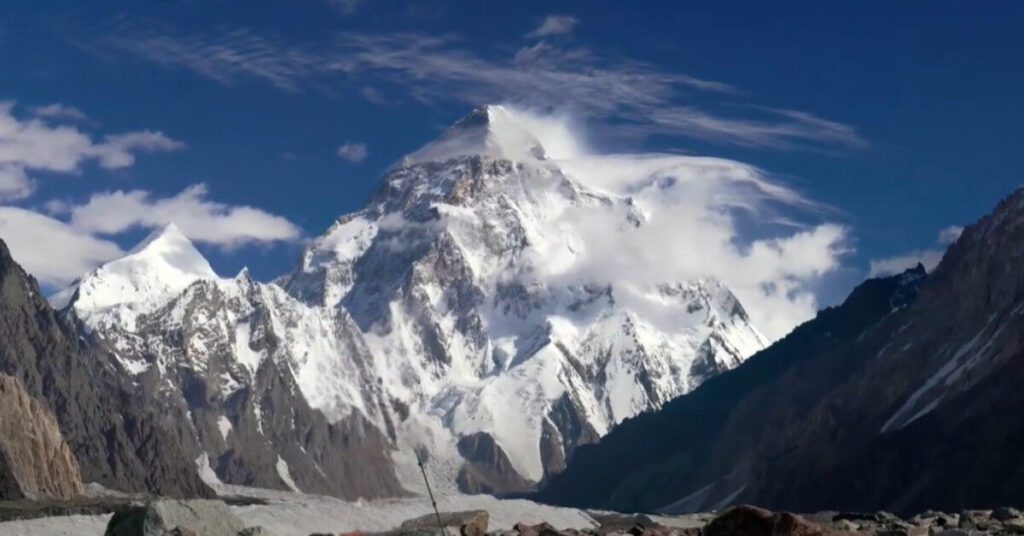
3. Kangchenjunga: 8,586 m (28,169 ft)
Kangchenjunga, the third-highest peak, is revered as sacred in both Nepal and Sikkim, India. Climbers traditionally stop short of the summit to respect local beliefs.
- Location: Nepal/India
- Mountain Range: Himalayas
- First Ascent: George Band and Joe Brown, 1955
Kangchenjunga, the third-highest peak, is revered as sacred in both Nepal and Sikkim, India. Climbers traditionally stop short of the summit to respect local beliefs.
4. Lhotse: 8,516 m (27,940 ft)
Lhotse lies directly south of Mount Everest and is often climbed in combination with Everest. Its dramatic face is one of the steepest walls in the Himalayas.
- Location: Nepal/China
- Mountain Range: Himalayas
- First Ascent: Fritz Luchsinger and Ernst Reiss, 1956
Lhotse lies directly south of Mount Everest and is often climbed in combination with Everest. Its dramatic face is one of the steepest walls in the Himalayas.
5. Makalu: 8,485 m (27,838 ft)
Makalu is famous for its pyramid-shaped peak and technical climbing routes. It is one of the more difficult 8,000ers due to sharp ridges and steep faces.
- Location: Nepal/China
- Mountain Range: Himalayas
- First Ascent: Lionel Terray and Jean Couzy, 1955
Makalu is famous for its pyramid-shaped peak and technical climbing routes. It is one of the more difficult 8,000ers due to sharp ridges and steep faces.
6. Cho Oyu: 8,188 m (26,864 ft)
Cho Oyu, meaning “Turquoise Goddess,” is often considered the easiest 8,000er to climb. It is a popular choice for mountaineers preparing for Everest.
- Location: Nepal/China
- Mountain Range: Himalayas
- First Ascent: Herbert Tichy, Sepp Jöchler, and Pasang Dawa Lama, 1954
7. Dhaulagiri I: 8,167 m (26,795 ft)
The name Dhaulagiri means “White Mountain.” It stands out for its isolation and dramatic rise above the surrounding terrain.
- Location: Nepal
- Mountain Range: Himalayas
- First Ascent: Swiss-Austrian expedition, 1960
8. Manaslu: 8,163 m (26,781 ft)
Manaslu is called the “Mountain of the Spirit.” It is known for its stunning ridges and relative accessibility compared to other 8,000ers.
- Location: Nepal
- Mountain Range: Himalayas
- First Ascent: Toshio Imanishi and Gyalzen Norbu, 1956
9. Nanga Parbat: 8,126 m (26,660 ft)
Nicknamed the “Killer Mountain,” Nanga Parbat has a deadly reputation due to its avalanche-prone slopes and climbing challenges.
- Location: Pakistan
- Mountain Range: Himalayas
- First Ascent: Hermann Buhl, 1953
10. Annapurna I: 8,091 m (26,545 ft)
Annapurna I was the first 8,000-meter peak ever climbed but is one of the deadliest due to high fatality rates among climbers.
- Location: Nepal
- Mountain Range: Himalayas
- First Ascent: Maurice Herzog and Louis Lachenal, 1950
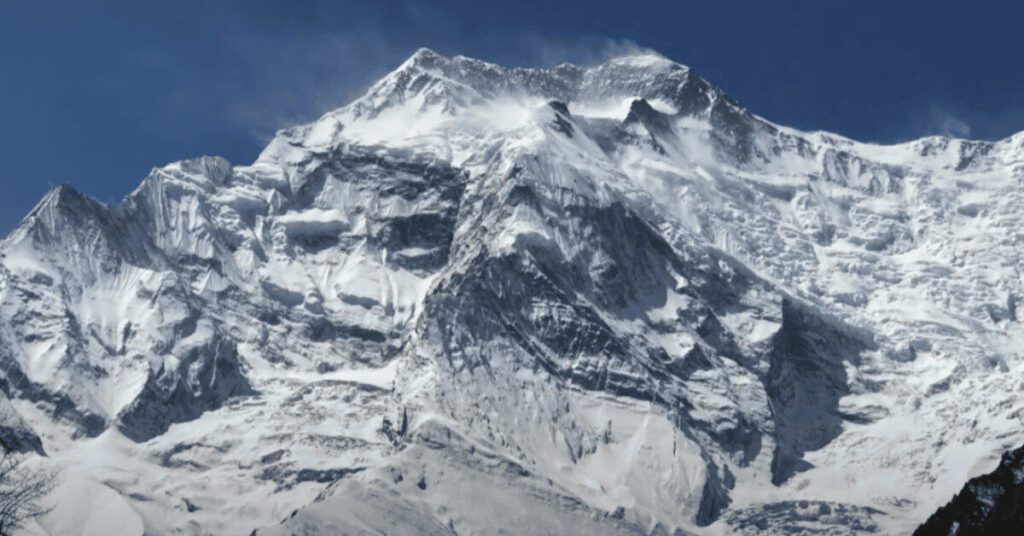
11. Gasherbrum I (Hidden Peak): 8,080 m (26,509 ft)
Gasherbrum I is often called “Hidden Peak” because of its remote location within the Karakoram range.
- Location: Pakistan/China
- Mountain Range: Karakoram
- First Ascent: Pete Schoening and Andy Kauffman, 1958
12. Broad Peak: 8,051 m (26,414 ft)
Broad Peak is named for its massive summit ridge, which stretches nearly two kilometers.
- Location: Pakistan/China
- Mountain Range: Karakoram
- First Ascent: Austrian team led by Marcus Schmuck, 1957
Broad Peak is named for its massive summit ridge, which stretches nearly two kilometers.
13. Gasherbrum II: 8,035 m (26,362 ft)
Gasherbrum II is considered one of the more achievable 8,000-meter peaks due to its relatively less technical routes.
- Location: Pakistan/China
- Mountain Range: Karakoram
- First Ascent: Fritz Moravec, Josef Larch, and Hans Willenpart, 1956
14. Shishapangma: 8,027 m (26,335 ft)
Shishapangma is the only 8,000-meter peak located entirely within Tibet. It is less visited due to its restricted access.
- Location: Tibet, China
- Mountain Range: Himalayas
- First Ascent: Chinese expedition led by Xu Jing, 1964
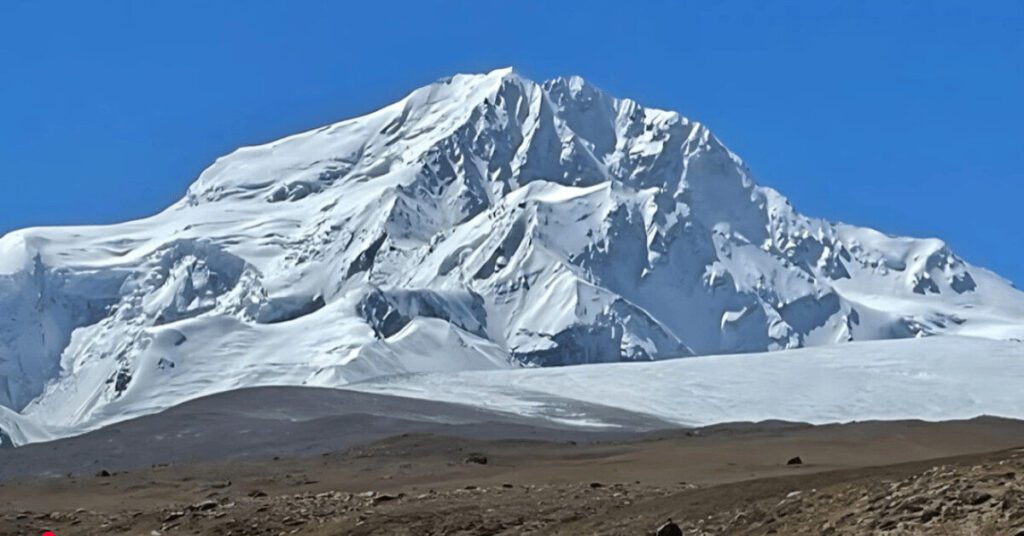
Why These Mountains Matter
The 14 highest mountains in the world are not just geological wonders—they are cultural symbols, spiritual landmarks, and tests of human willpower. From the deadly reputation of Nanga Parbat to the iconic stature of Everest, each mountain has its own story.
Tips for Mountain Travelers
- Always travel with proper gear and preparation.
- Respect local cultures and traditions around sacred peaks.
- If climbing is not your goal, trekking to base camps (like Everest Base Camp or K2 Base Camp) offers unforgettable views and experiences.
Conclusion
Exploring the world’s highest mountains is about more than reaching summits—it’s about experiencing nature’s grandeur and the resilience of the human spirit. Whether you’re an adventurer aiming for the top or a traveler seeking breathtaking views, these mountains will leave you in awe.


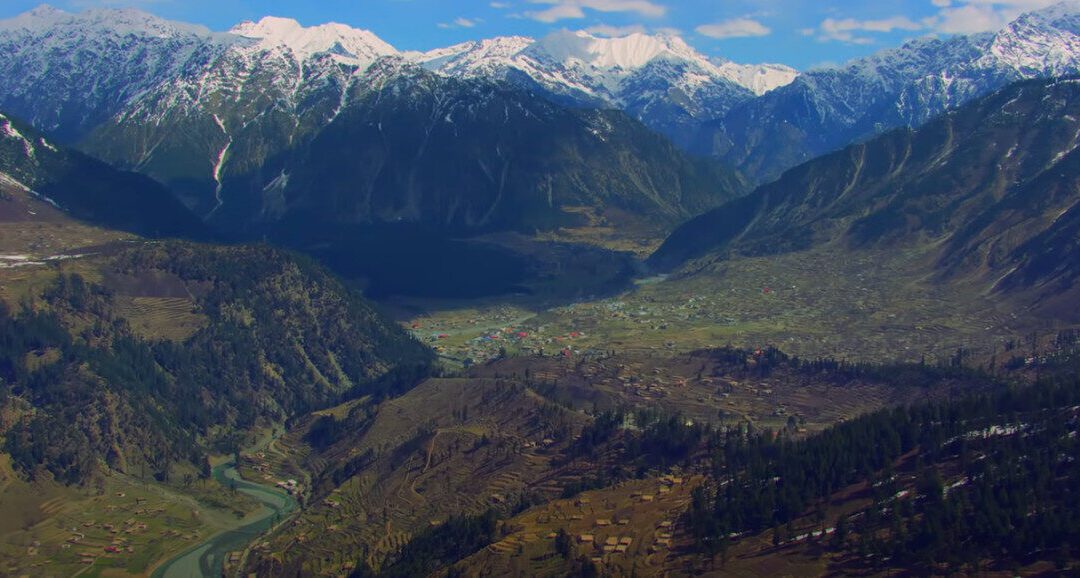
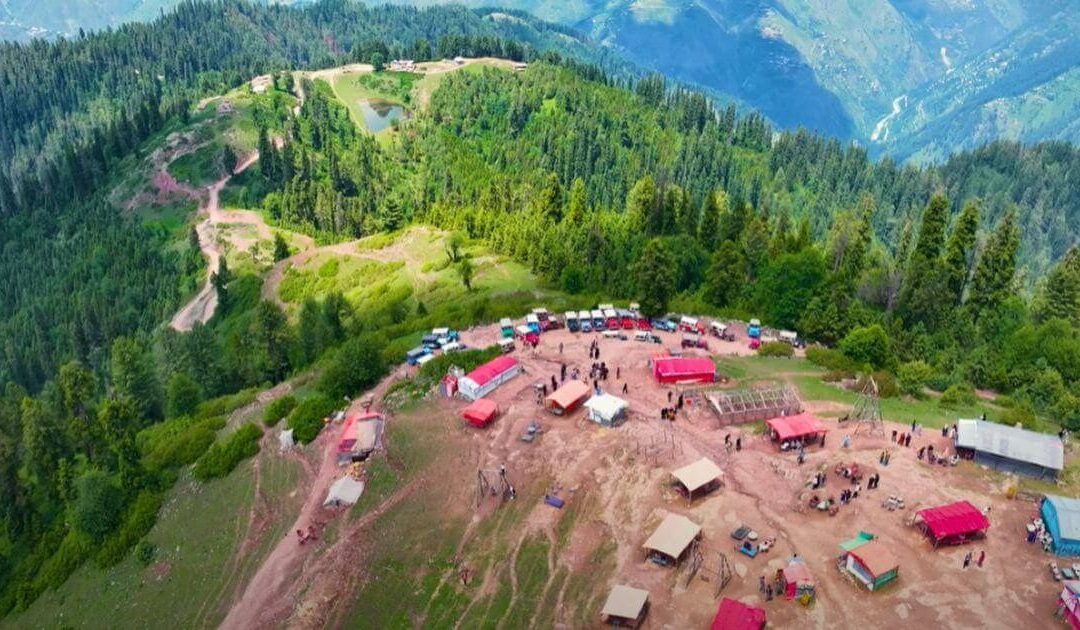
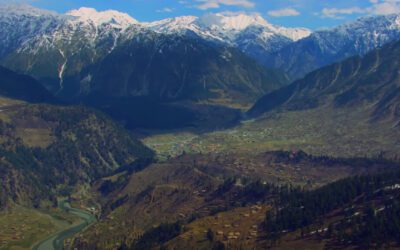
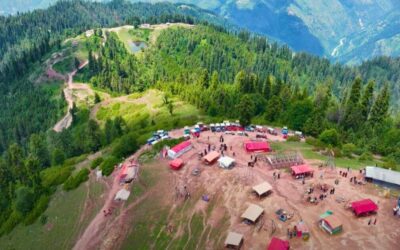

0 Comments